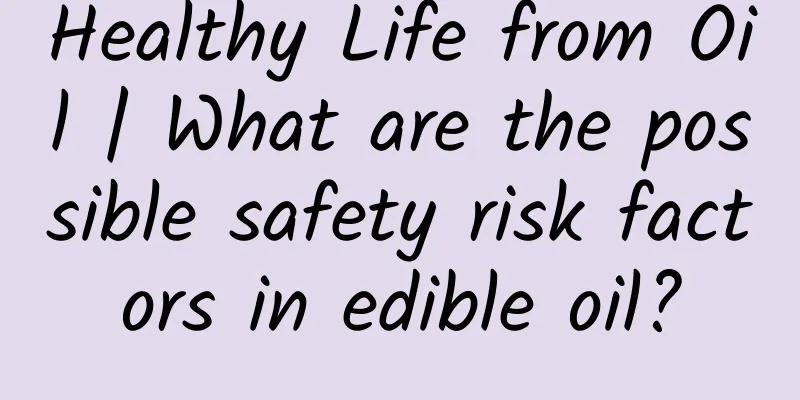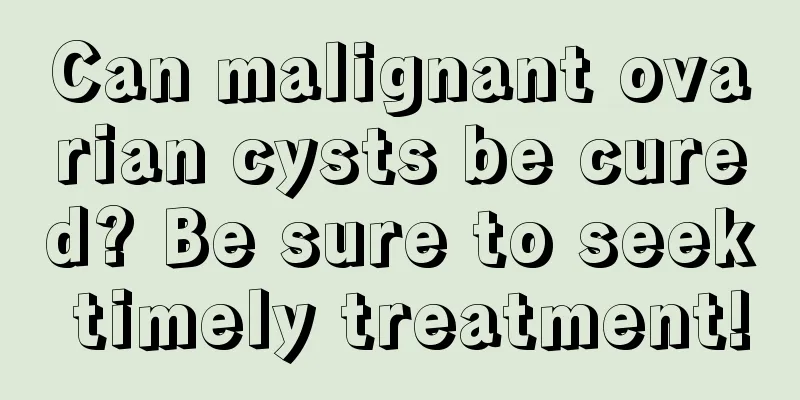Healthy Life from Oil | What are the possible safety risk factors in edible oil?

|
In addition to safety risk factors such as trans fatty acids, mycotoxins, heavy metal pollution, and pesticide residues, edible oils also contain risk factors such as polycyclic aromatic hydrocarbons, plasticizers, and 3-chloropropanol esters, which seriously affect the nutrition and safety of edible oils. Trans fatty acids Natural trans fatty acids are mainly derived from the fat of ruminants such as horses, cattle, and sheep, and their dairy products. Edible vegetable oils do not contain natural trans fatty acids, but vegetable oils undergo isomerization or polymerization reactions during the refining process or under high temperature conditions such as deep frying, generating trans fatty acids. In addition, trans fatty acids are also easily generated during the production of margarine through the hydrogenation process of edible vegetable oils. Aflatoxin Peanuts, soybeans and other oilseeds are susceptible to mold infection and produce fungal toxins during growth, storage and transportation. These fungal toxins are highly lipophilic and easily transferred to oils. In addition to the well-known aflatoxins, common fungal toxins include zearalenone, vomitoxin, etc., but aflatoxin is the most toxic and carcinogenic. PAHs PAHs refer to hydrocarbons with 2 or more benzene rings in a linear or clustered arrangement. When the number of benzene rings is more than 4, the toxicity is relatively high. If there is wastewater, waste gas and waste residue in the growth environment of oil crops, the seeds of oil crops will be contaminated by PAHs. If edible oil is exposed to lubricating oil or mineral oil during transportation or processing, it will also cause PAH contamination. Plasticizers often refer to phthalates, which are mainly used to enhance the flexibility of plastics. Plasticizers are fat-soluble substances and are easily transferred into oils and fats when they come into contact with them. Plasticizers in vegetable oils come from the pollution of plastic films in farmland and from low-quality plastic barrels or bottle caps. Heavy metal pollution and pesticide residues Heavy metal pollution in vegetable oils mainly includes lead, cadmium, mercury, chromium and metalloid arsenic, etc. The limits of lead, arsenic, tin and nickel in edible vegetable oils in my country are consistent with those of the Codex Alimentarius Commission, which are 0.1 mg/kg, 0.1 mg/kg, 250 mg/kg and 1 mg/kg respectively. 3-MCP ester (MCP for short) refers to toxic compounds formed by replacing the hydroxyl group of glycerol with 1 or 2 chlorines, which can cause potential harm to human health. 3-MCP ester is a representative example, which is the esterification product of 3-MCP and fatty acids. 3-MCP can cause liver and kidney damage in mice, reduce sperm activity and sperm count in rats, inhibit the secretion of male hormones, reduce reproductive capacity and even lead to infertility. So far, there has been no official report that 3-MCP ester has direct toxic effects on humans, but 3-MCP ester that enters the body can be hydrolyzed into free 3-MCP under the action of intestinal pancreatic lipase, thereby exerting toxic effects. In addition, the metabolite of 3-MCP ester, glycidyl ester, is classified as Class 2A by the International Agency for Research on Cancer, which means it is a probable carcinogen. Sterol oxides Plant oils are rich in phytosterols. Phytosterols are one of the main components of cell membranes in plants and have the effects of lowering cholesterol and preventing cardiovascular diseases. However, sterols will generate sterol oxides that are not good for health under the induction of high temperature, light, metal ions or oxygen. Therefore, edible oils must be kept away from light and stored scientifically. |
<<: 7-year-old girl suffers from Marfan syndrome and her lens is "out of place"
>>: What are the benefits of a humidifier to the body? What is the principle of a humidifier?
Recommend
What are the best ways to prevent stretch marks?
Stretch marks are a phenomenon that most women ha...
Can women eat bananas when they are two months pregnant?
For women after pregnancy, nutritional supplement...
How often should a humidifier be cleaned? How to clean scale from a humidifier?
A humidifier is an electrical appliance that incr...
Is amniocentesis accurate for DNA testing?
Nowadays, many expectant mothers do not trust the...
What should women eat to tighten their vagina?
Vaginal relaxation is a very common gynecological...
[Medical Q&A] Is depression really a "mental cold"? Can it be completely cured?
Planner: Chinese Medical Association Reviewer: Wa...
What does positive urine pregnancy test mean?
I believe that many female friends only pay atten...
What are the maintenance methods after hysterectomy?
When it comes to some maintenance methods after u...
Is it really okay for the baby to sleep after eating?
After having children, every parent's first w...
Pregnant woman smelled toilet water all night
It seems that many people have been discussing wh...
Side effects of hemorrhoid cream for women
Hemorrhoids are something we often encounter in o...
What are the benefits of taking a cold shower? What should you pay attention to when taking a cold shower?
Taking a bath is something that most modern peopl...
Light brown discharge during early pregnancy
I wonder if pregnant mothers have ever discussed ...
Will eating grape seeds cause breast hyperplasia?
People often eat grapes. In addition, grape seeds...
What is the cause of vaginal bleeding?
Generally speaking, vaginal bleeding is normal on...









